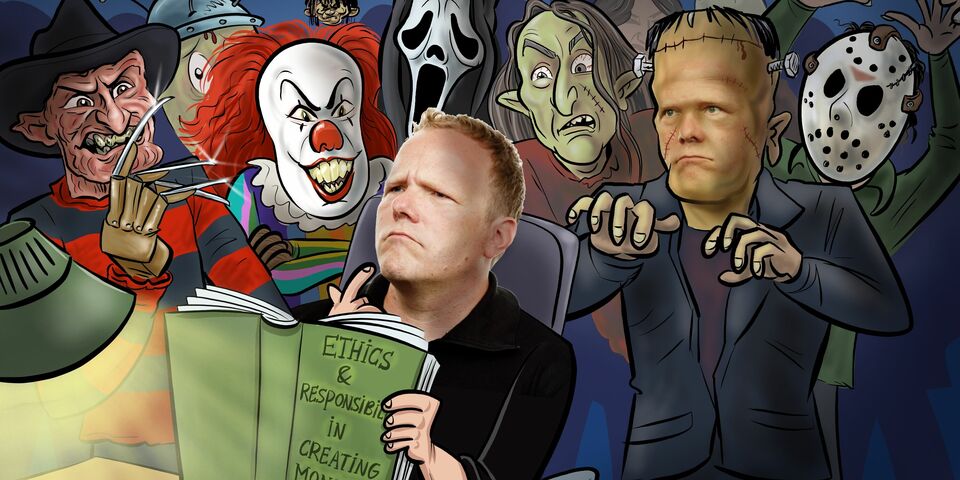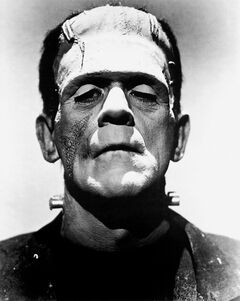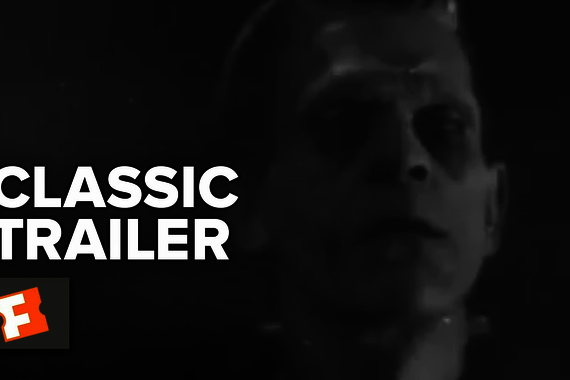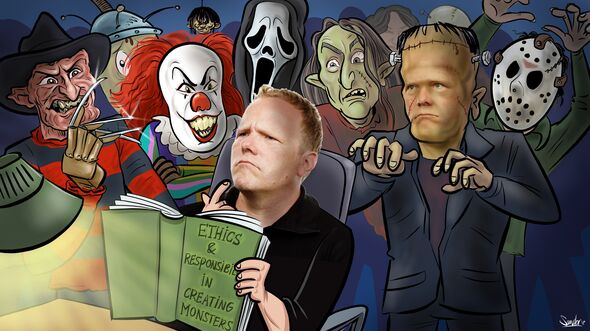Brainmatters | How do you create a monster?
Two hundred years ago, in 1818, there appeared a science fiction story that still captures the imagination: Frankenstein; or, The modern Prometheus. The author, Mary Shelley, describes a scientist, the chemist Victor Frankenstein, who from a collection of body parts manages to bring to life a creature.
Although Dr. Frankenstein hoped to give the creature pleasant facial features, he fails miserably. A giant 2.4 meters tall with sutures, watery white eyes and a yellow translucent skin beneath which veins and muscles are visible would do well these days in a heart-warming episode of The Undateables. Before long this also dawns on Frankenstein’s creation, causing him great sadness, loneliness and finally anger.
The best-known image of Frankenstein’s monstrous creature is probably the one created for us by actor Boris Karloff, who in the 1930s starred in classics like Frankenstein, Bride of Frankenstein and Son of Frankenstein. He played a corpse-like figure with a mechanical gait and a slightly worrying fixed gaze. Since then we've seen this manifestation appear regularly within the horror genre, whether as serial killer Michael Myers chasing a now greying Jamie Lee Curtis in Halloween, or as the endless stream of zombies lusting after our brains in The Walking Dead.
We also see it, unintentionally, in humanoid robots and dolls, wax figures, and vain Botox victims. The facial expression, the gait, the gaze - they seem so real, but not quite real enough. Sigmund Freud described it long ago in Das Unheimliche: nothing fills us with dread so surely as the uncertainty whether something is real or mechanical. In an essay in 1970, robot builder Masahiro Mori called this Bukimi no Tani or 'the uncanny valley' - a strong emotional reaction to almost lifelike simulations.
How do you create a monster? Design something in man's likeness, but with an imperfection.
When people play God
Shelley’s story is, however, much more than a Gothic horror story. It is often cited as a warning against what can happen when people play God, a warning that is echoed frequently these days, in discussions relating to artificial life or artificial intelligence, for example. The reference to Prometheus in the subtitle of Frankenstein illustrates this point.
Prometheus stole fire from the gods and gave it to humanity. Like Prometheus, the egocentric and short-sighted scientist Victor Frankenstein in the novel finds things end badly for him. To my mind, Victor Frankenstein's sin lies not in roaming into forbidden territory as a scientist, but that he wasn't enough of a scientist. His inability to feel empathy for the thing he had himself created, his laconic dismissal of responsibility for his creation, his moral cowardice in neglecting to consider the interests of others touched by his creation, especially where he found those interests disagreeable.
A complete scientist seeks out even this knowledge, uses ethics and empathy as a guiding light. It is not Victor’s thirst for knowledge, but his shying away from it that proves fatal.
How do you create a monster? Not through the application of science or technology, but through the refusal to think about issues and to take responsibility for the consequences.
Wijnand IJsselsteijn | Professor of Cognition and Affect in Human-Technology Interaction





Discussion